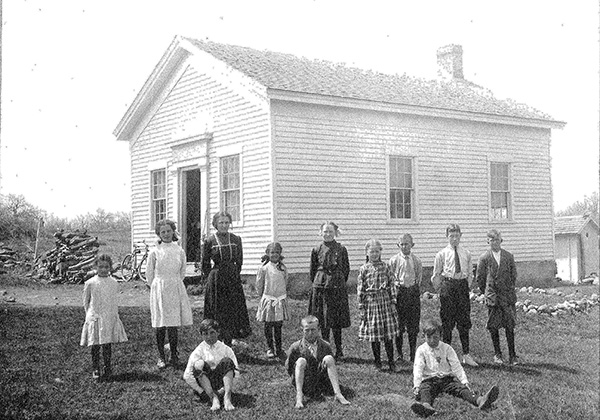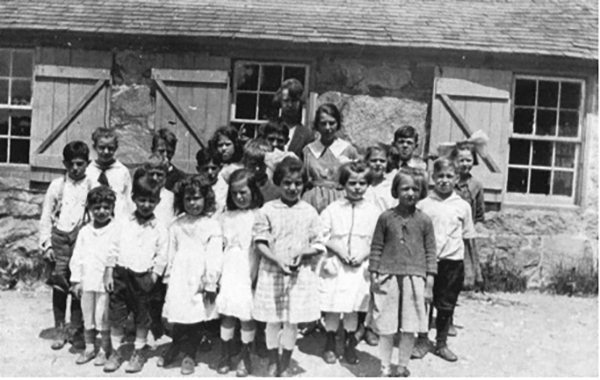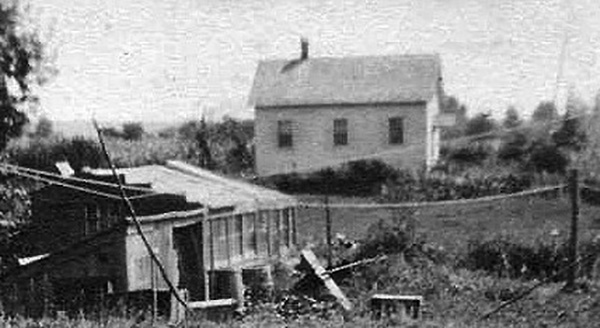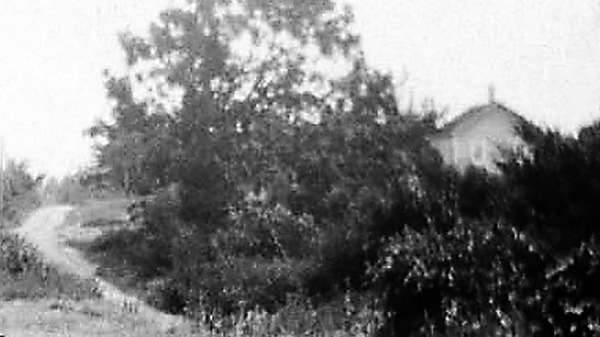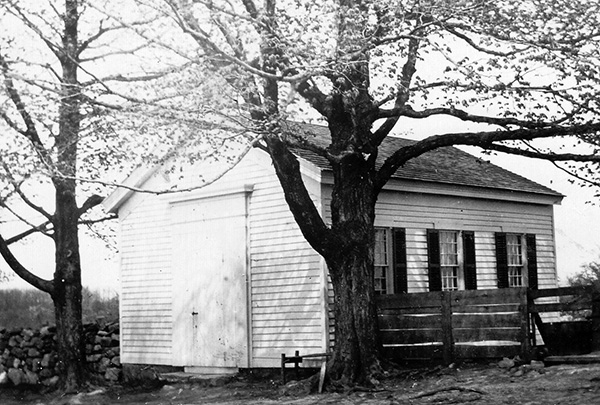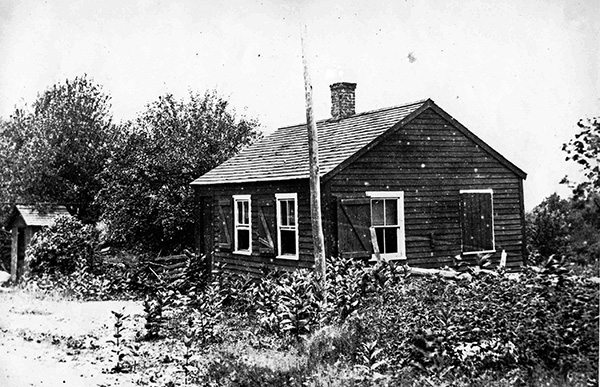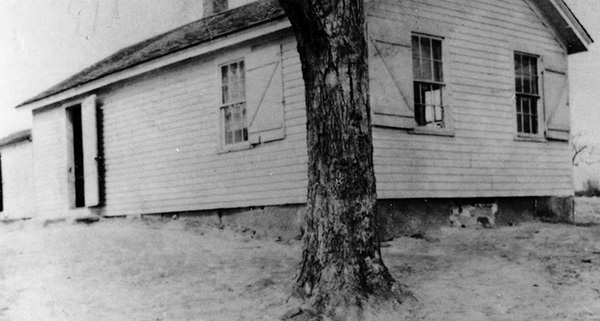|
|
||||||||||||
 |
 |
|
Wolcott Historical Society News - December 2021 By Florence Goodman Our 225th celebration in October was a perfect blend of past and present. The opening ceremony on the Town Green allowed residents to enjoy the sounds of the Mattatuck Drum Band, which had its early beginnings in Farmingbury Parish on that very green. It also allowed those in attendance to hear a brief history of our early settlement. Prior to and after the ceremony the Wolcott Historical Society opened the doors of its Center School History Museum for all to enjoy some local history. They also opened the Stone Schoolhouse Museum on Nichols Road on Saturday and Sunday afternoon. We were amazed at the number of interested residents who viewed our displays at each museum and shared some of their own stories about growing up in Wolcott. A woman visiting the Stone Schoolhouse mentioned that her great grandmother had taught there in the early 1900s and asked if I might be able to tell her when and for how long. I told her I would check our early Town Annual Reports (ours go back to 1907) to see what I could find. I was pleased to let her know that her great grandmother did teach in Wolcott for two years in 1920 and1921, not at the Stone Schoolhouse, but at the South School in the Hitchcock Lake area. As I read through these early Superintendent of Schools reports I realized it would be fun to share some these early reports with my readers.
The history of our schools dates back to 1770 when the first school committee was chosen to establish schools in Farmingbury. Originally there were nine districts and the first schools were in private homes until structures could be built. Once the schools were built the number was cut back to seven districts. Those early structures were small and crude, but over time the schools and education improved. We must also remember that our town was a farming community and money was not easy to come by, but residents believed in the importance of education and did their best to provide it to their children.
Since the Annual Reports housed in our museum only date back to 1907 that will be my starting point for this article. In that year our town had five elementary schools: Center, Woodtick (or Southwest), West (or Spindle Hill), South, which was later renamed Lewis and North, which later became Alcott. In that year teacher salaries ranged from $288 to $358. We had a State Superintendent of Schools and a six member Town School Committee. The State Superintendent was new to our town in 1906 and he was greatly concerned that the West School was closed because four teachers had quickly resigned their position. He wanted to make sure this problem was rectified. The report given by the superintendent to the selectman was quite interesting and eye opening. The school committee wanted to consolidate several of the schools and transport children to the Center School. The Superintendent noted that the distances were long and the road conditions poor and in the winter some of the roads were blocked by snow and impassable for days so this was not a good decision. He felt that with little expense to the town improvements to lighting and ventilation in the schools could be remedied; adding jacketed stoves would produce a constant supply of fresh air, warmed before it circulated around the room. He noted that the town should gradually begin to equip the schools with single seats and desks, which would improve the physical conditions for students and teachers.
The 1910 Annual Report noted that 124 students were attending school and that William Alcott from the West School had been present every session. (It's important to note here that the West School had been built by William Alcott's father Obed Alcott and was located on his farm.) It also stated that the Superintendent had granted certificates to Louise Todd and Rachel Garrigus to enter high school in Southington. Students could not go on to high school without the superintendent's approval. Repairs were recommended at South, Center, West and North Schools and woodsheds were added to South and North Schools for storage of books.
By 1911 all schools were equipped with books, maps and slate blackboards, but reliable wall clocks were needed to replace the little alarm clocks furnished by teachers. Paper, pens, ink and a few other supplies could be supplied to students for less than forty cents per year, but even that was tough for the poor. It was also mentioned that the state course of study had been outlined for all grades and that the Connecticut Public Library Committee was loaning a traveling library to the town. The books in this library would cover history, travel and nature, which should make regular schoolwork more interesting and valuable. The children were encouraged to take the books home to share with their families.
In 1912 another school was added in the northern section of town, the North East School, which was located at the end of Beecher Road. It was also recommended that suitable land be obtained for the South and Spindle Hill Schools. It was noted that at the Spindle Hill School the outhouse was across the street from the school and the South School needed a playground away from the road. Wall clocks were finally added to all six schools. By 1914 several repairs were noted for five of the schools. At the Center School the woodshed was repaired and painted; the North School building was enlarged; the North East School was shingled and new seats were added to it; the Woodtick School (Stone School) was shingled and renovated inside; and lastly, the South School received new toilets and the playground was fenced. In 1915 land was purchased for a playground for the North School and it was suggested that the town purchase land for the Spindle Hill School. It was recommended that the South School be thoroughly renovated and all schools should be provided with a space for gardens.
As I read through these reports of the early 1900s it seemed that the main goal of the Superintendent was to get all the schools into good physical condition and slowly add the necessary supplies needed to educate the children. He was also very concerned about the teacher turnover in our "country" schools. Many of the teachers lived in homes of residents during the school year and those that did not had to get transportation to and from school. A teacher's responsibilities included teaching students of grades 1 through 8, but also many housekeeping chores. These included keeping wood in the stove for warmth, cleaning the classroom and other chores. The job was tedious and the salary was poor, thus most only stayed for one or two years and then moved on.
One last fact that I would like to share is about the West or Spindle Hill School. In 1916 land was purchased across the road for this school and in 1917 the school and outbuildings were moved to the new site and the entire building was upgraded. This school is still standing today and is a home located on Spindle Hill Road directly across from Rustic Acres. If you are interested in looking through some of these old reports let me know and I will gladly open up either museum for you to visit. You may call me at 203-879-9818.
(Information for this article was taken from the Annual Reports for the Town of Wolcott 1907, 1910, 1911, 1912, 1913, 1914, 1915, 1916, 1917, 1918, 1919 1920; and August 2008 article on "Old Schools" at wolcotthistory.org)
The original Center School burned in 1931. This is an early photo of students and their teacher posing in front of it.
The original Woodtick School burned prior to 1821 when this stone structure was built. An addition was made to the back of this school in 1898. This photo was taken for the 1919-20 school year.
The West or Spindle Hill School when it was located on the Obed Alcott farm.
The West or Spindle Hill School after it was moved across Spindle Hill Road.
The South School in 1895 was located in the Meriden Road/Farview Road area of Hitchcock Lake.
The original North School on North Street burned in 1928.
The North East School located at the end of Beecher Road.
To view past installments of the Historical Society News, click here. |
|
|
[Home]
[News]
[Purpose]
[Calendar]
[Museum]
[Membership]
[History]
[Contacts]
[Links]
All material at Wolcott Historical Society Web sites Copyright © 2000-2021 Wolcott Historical Society |
